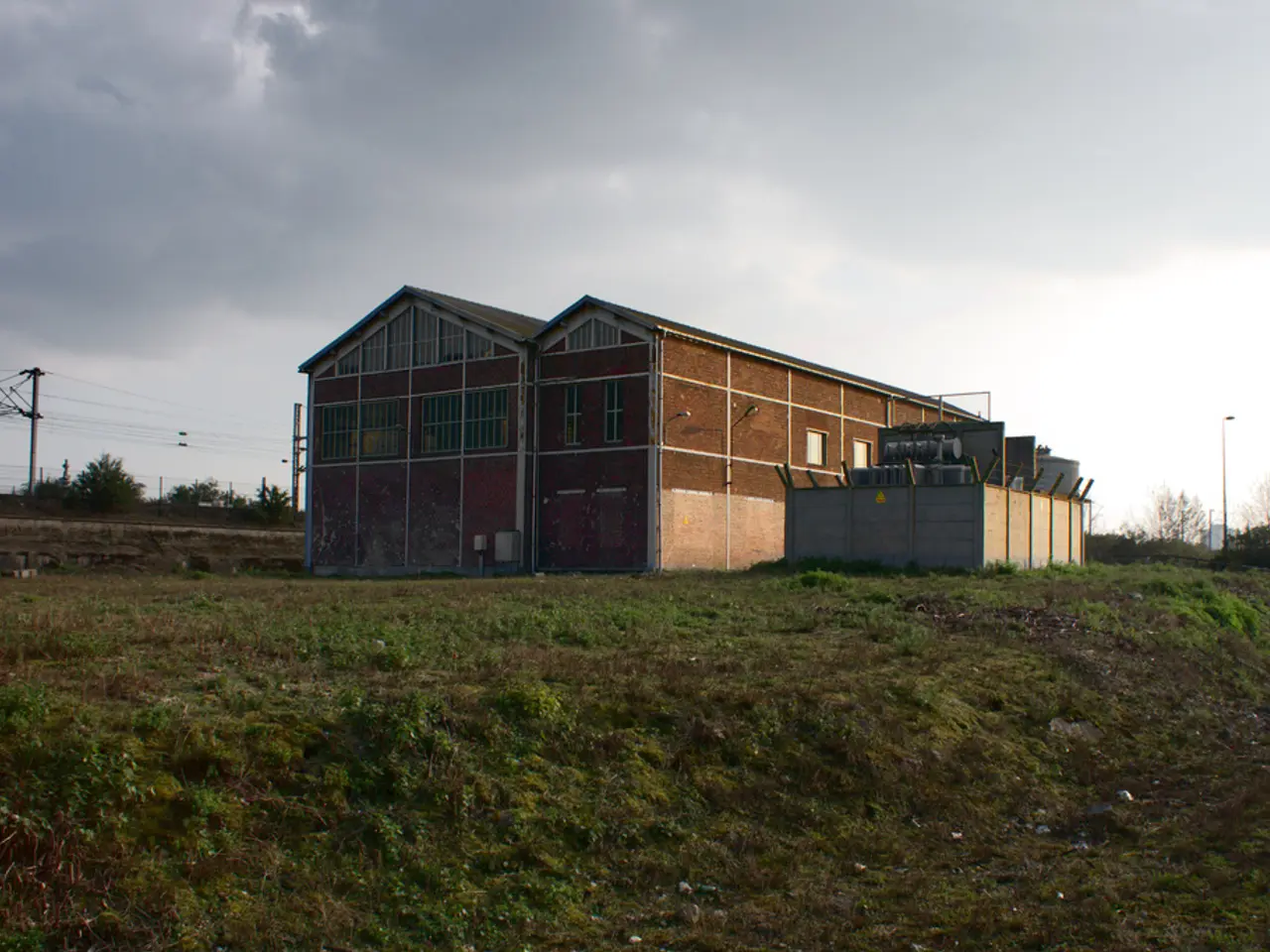Extensive Coal Power Face Prolonged Decline, According to Wood Mackenzie Predictions
In a significant shift for the global energy sector, long-duration energy storage (LDES) technologies are rapidly advancing and becoming critical enablers for converting intermittent solar and wind power into reliable baseload electricity. The sector is witnessing historic growth, driven by technological progress, expanding markets, and increasing policy support, especially in North America.
Key points on the current status are:
1. **Technology Development**: Redox Flow Batteries (RFBs) and other electrochemical systems represent a major technological pathway in LDES, with ongoing improvements in chemistries, membranes, and designs. Market research forecasts a cumulative $170 billion opportunity in RFB-based LDES from 2025 to 2045, highlighting significant commercial scaling and innovation through this period.
2. **Market Growth**: The U.S. energy storage market hit record installation levels in early 2025, surpassing 2 GW capacity in Q1 alone. Utility-scale storage led this surge and expanded by 57% compared to the previous year, reflecting growing integration of storage with renewables to enhance grid resilience and flexibility.
3. **Grid Integration and Policy**: LDES is recognized as essential for a decarbonized, reliable grid. Policy reforms to encourage deployment beyond short-duration (2-hour) systems, along with market and contractual improvements, are crucial for accelerating scale-up and financing. Coordinated strategies to align incentives and regulatory environment underpin successful renewable baseload conversion.
4. **Market Segmentation and Regional Leadership**: LDES applications range from grid balancing to renewable integration and energy arbitrage. North America leads the market due to aggressive renewable targets, grid modernization, and supportive policies. However, high upfront costs and regulatory complexity remain challenges.
5. **Outlook**: By 2030, the LDES market is expected to more than double, propelled by decarbonization mandates, electrification of transport and industry, and innovations in business models and partnerships. These trends collectively position LDES as the backbone for transforming intermittent solar and wind into dependable baseload resources worldwide.
Meanwhile, the future of coal-fired power generation remains uncertain. The base case sees thermal coal use peaking next year and falling steadily through 2030. However, in a high coal demand scenario, thermal coal use plateaus and then falls slowly toward 2050, remaining 32% higher on average compared to the base case.
The economics and politics of coal are strongest in Asia, where national security concerns and economics favor coal for now. However, in the United States, coal is more expensive than gas or solar and storage, with coal-fueled power expected to cost about $230/MWh in 2030, while gas-fired power will cost about $100/MWh.
The global coal fleet's long-term viability likely rests on asset owners' willingness to invest in plant upgrades, co-firing with alternative fuels, and bolt-on carbon capture infrastructure. Without significant investment in carbon capture and storage capacity, carbon emissions from unabated coal could rise by 2 billion tonnes.
In contrast, hybrid solar and storage solutions are expected to undercut coal and gas in all three regions (Asia, Europe, and the United States), coming in around $60/MWh in Asia, $70/MWh in Europe, and $80/MWh in the United States. These findings could further threaten international efforts to limit warming to 2°C or less, with renowned U.S. climate scientist James Hansen calling these efforts "dead" earlier this year.
In summary, the transition towards a more sustainable energy future is underway, with long-duration energy storage technologies playing a crucial role in enabling renewable energy sources to provide stable baseload electricity on grids globally. This progress, supported by market growth and policy momentum, is enabling these renewables to compete economically with traditional fossil fuels, potentially phasing out coal-fired power generation in the coming decades.
- As technology development advances, environmental science advances in understanding the impact of climate-change, and finance begins to support sustainable projects, the industry is seeing a significant shift towards long-duration energy storage (LDES) technologies, such as Redox Flow Batteries (RFBs), which are expected to provide a $170 billion opportunity from 2025 to 2045.
- While the economics and politics of coal-fired power generation remain uncertain, especially in Asia, research indicates that hybrid solar and energy storage solutions will undercut the cost of coal and gas in all three regions (Asia, Europe, and the United States) by the year 2030.
- As the LDES market grows and expands, global markets are witnessing a rapid increase in the integration of renewables and long-duration energy storage, transforming intermittent solar and wind power into dependable baseload resources, and contributing to the decarbonization of both the energy and environmental-science sectors.




